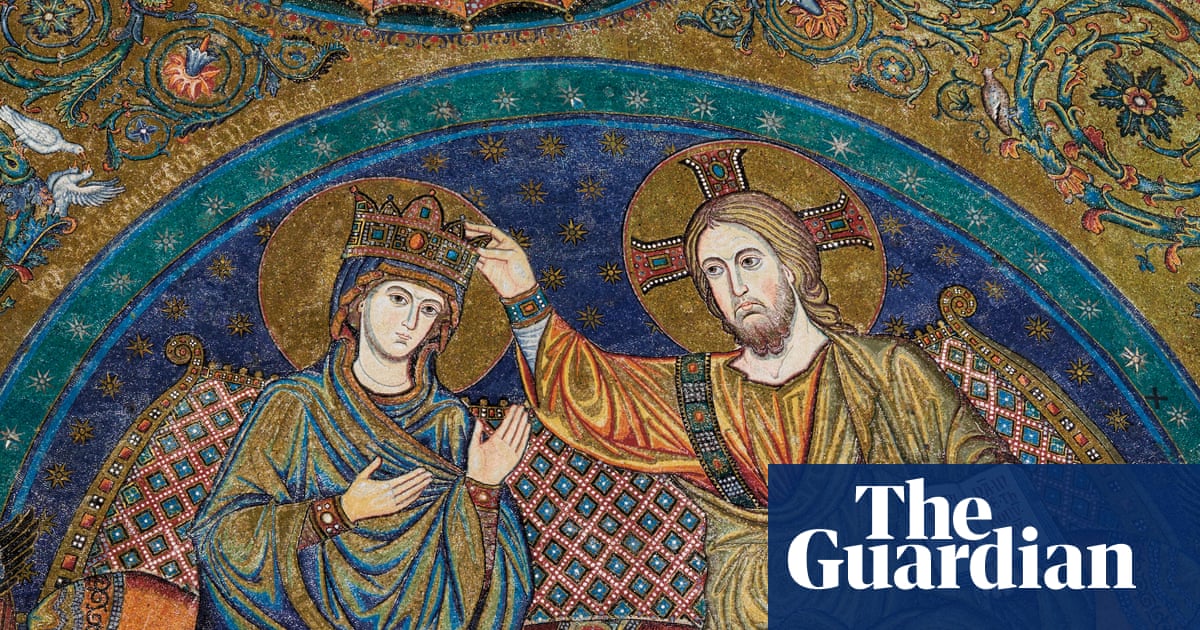
"Domination tells the story of how a tiny local cult became one of the greatest cultural and political forces in history. Alice Roberts puts the case that the Roman empire lived on in a different form in the church. It is not an original idea after all the foundation prayer of Christianity says thy Kingdom come but Roberts tells the story from the point of view of individual parishes and even buildings. It's a revelation, like watching those stop-motion films of how a plant grows"
"There's a section about how a Roman villa might transform into a parish, the long barn providing the footprint, the web of relationships providing the social connection, the very tiles and columns providing the building materials. I can't think of anyone who writes better about the way objects can speak to us. There's a passage here describing her joy on grasping what it"
A tiny local cult evolved into a dominant cultural and political force by absorbing Roman imperial structures into Christian institutions. Roman villas and long barns were repurposed as parishes, with tiles, columns and social webs preserving physical and social continuity. The Council of Nicaea in AD 325 marked a turning point as competing interests coalesced around a particular Christology, creating an imperial religion. Material objects such as clay lamps and bells reveal everyday transformations and community attachments. Christianity combined centralization with strong local loyalties, so closing a church often disperses many congregants rather than relocating them.
Read at www.theguardian.com
Unable to calculate read time
Collection
[
|
...
]